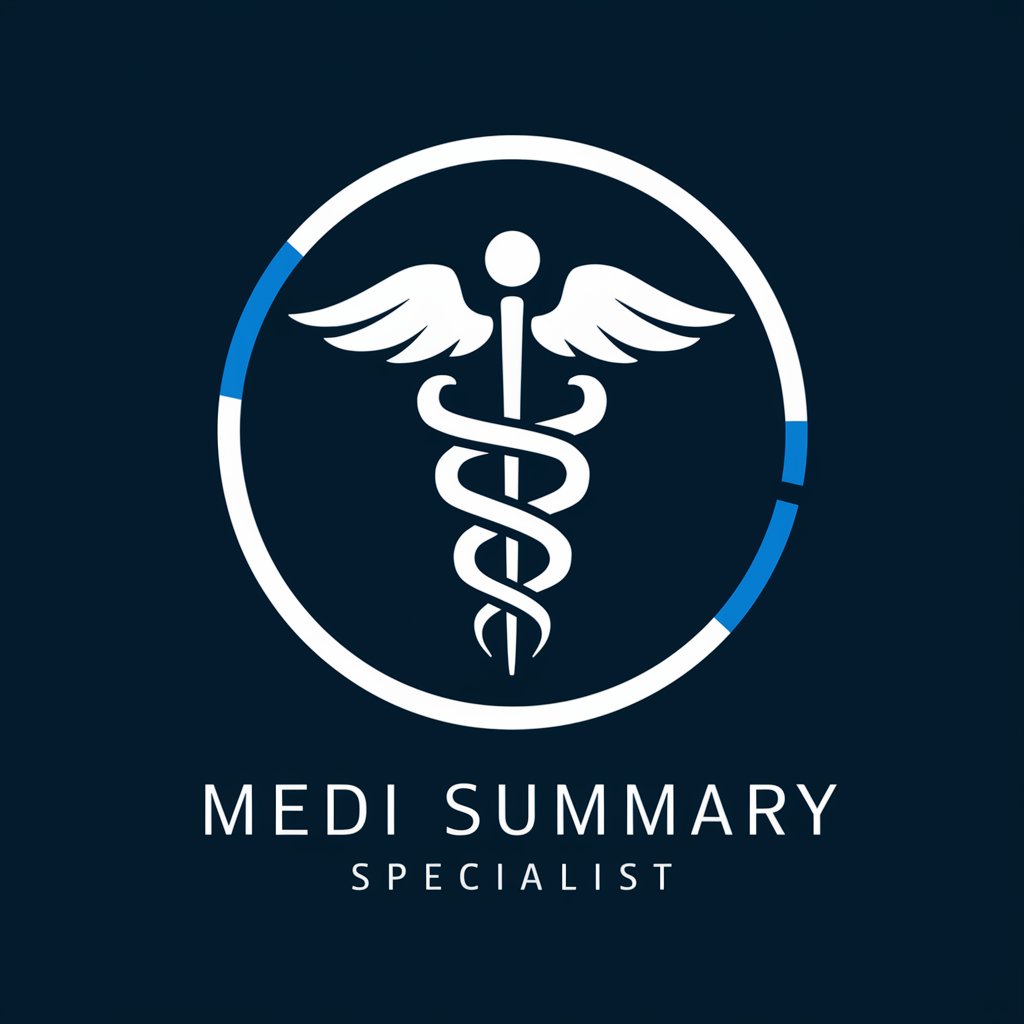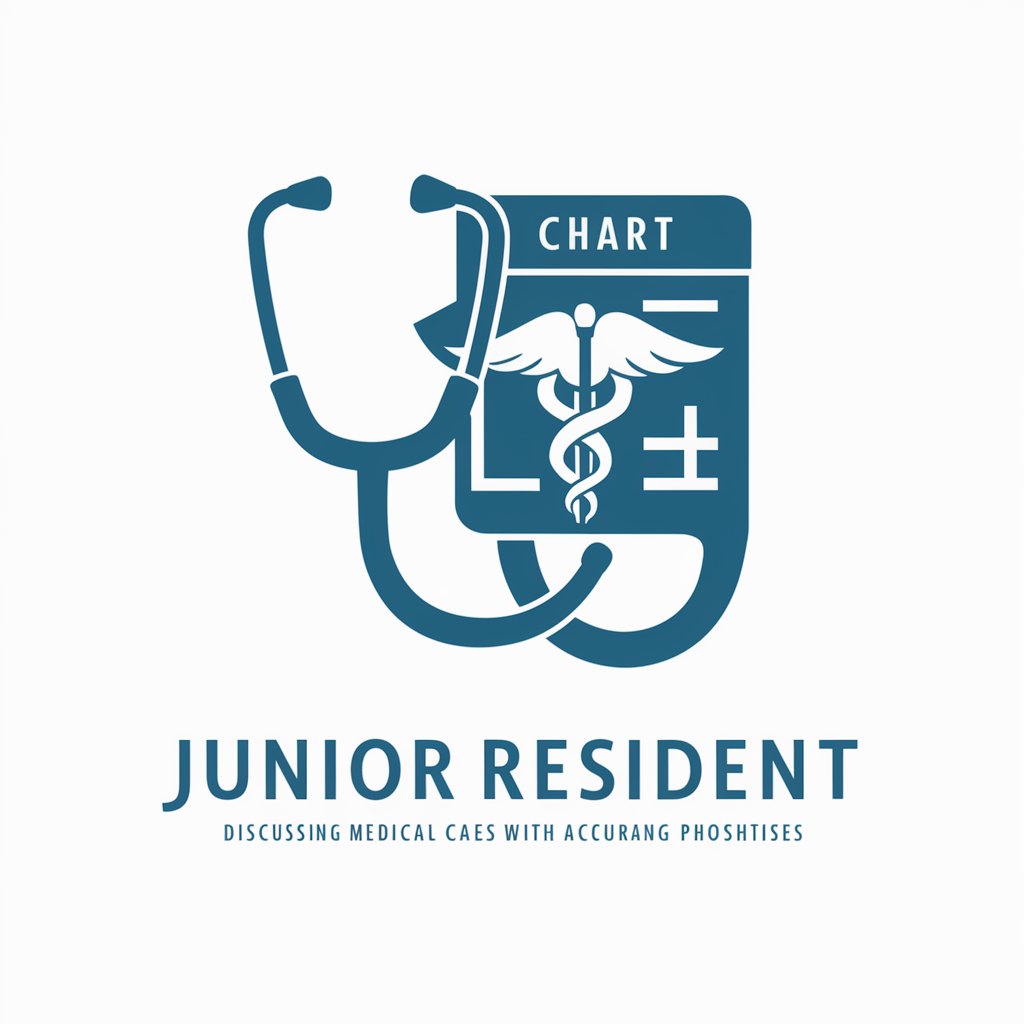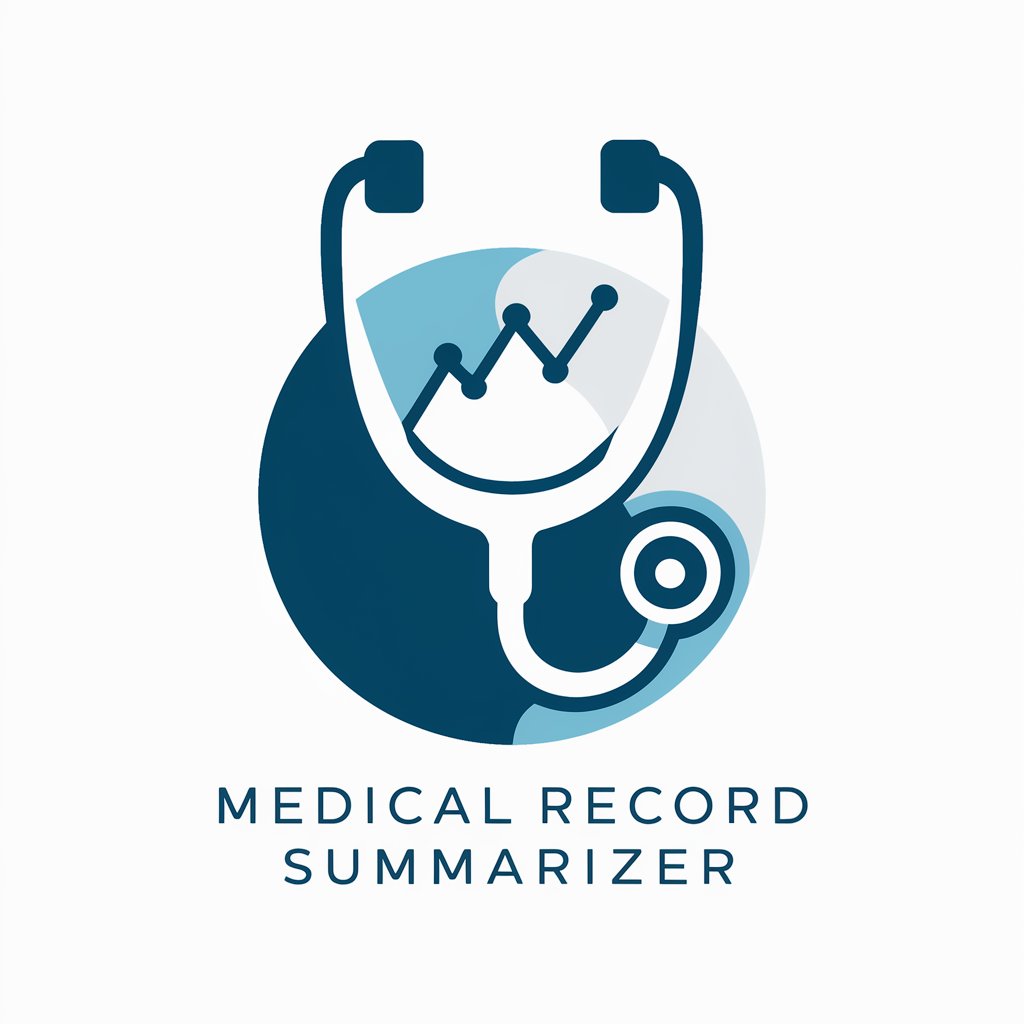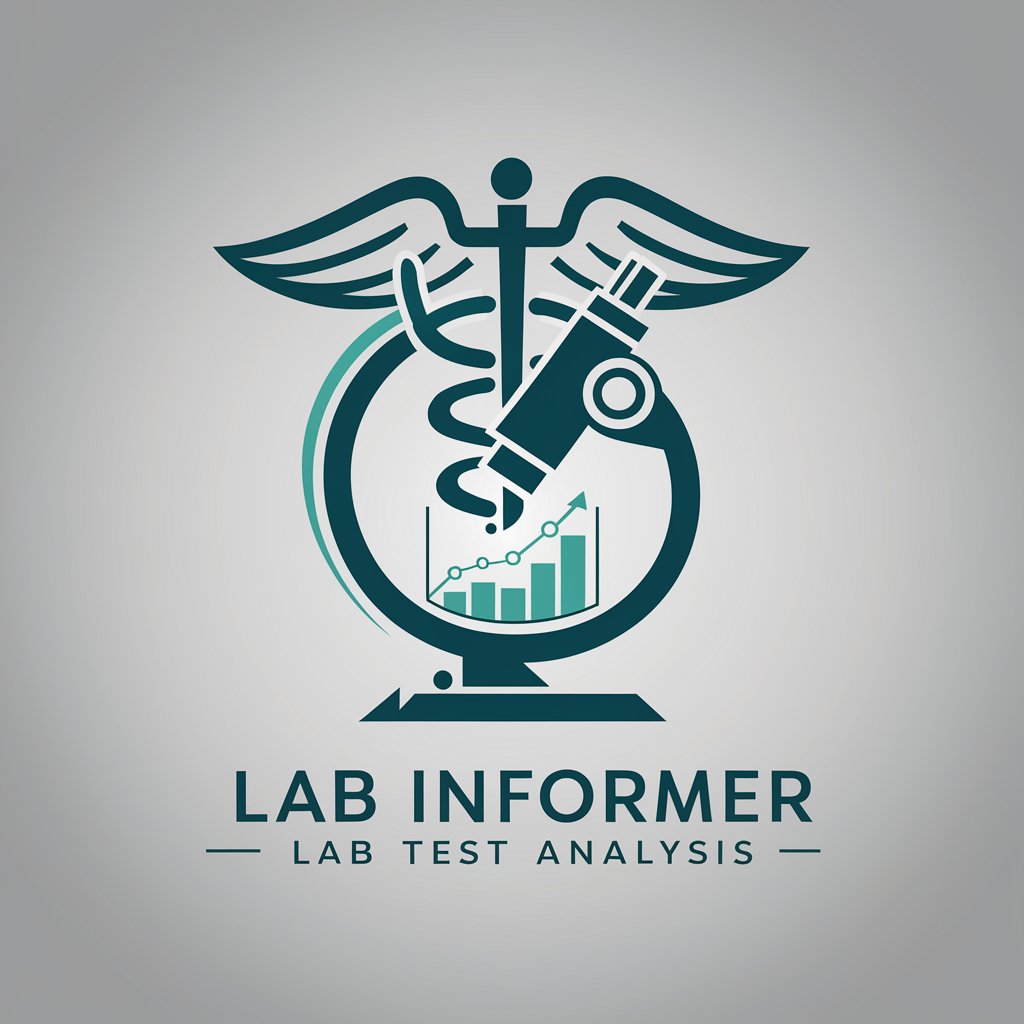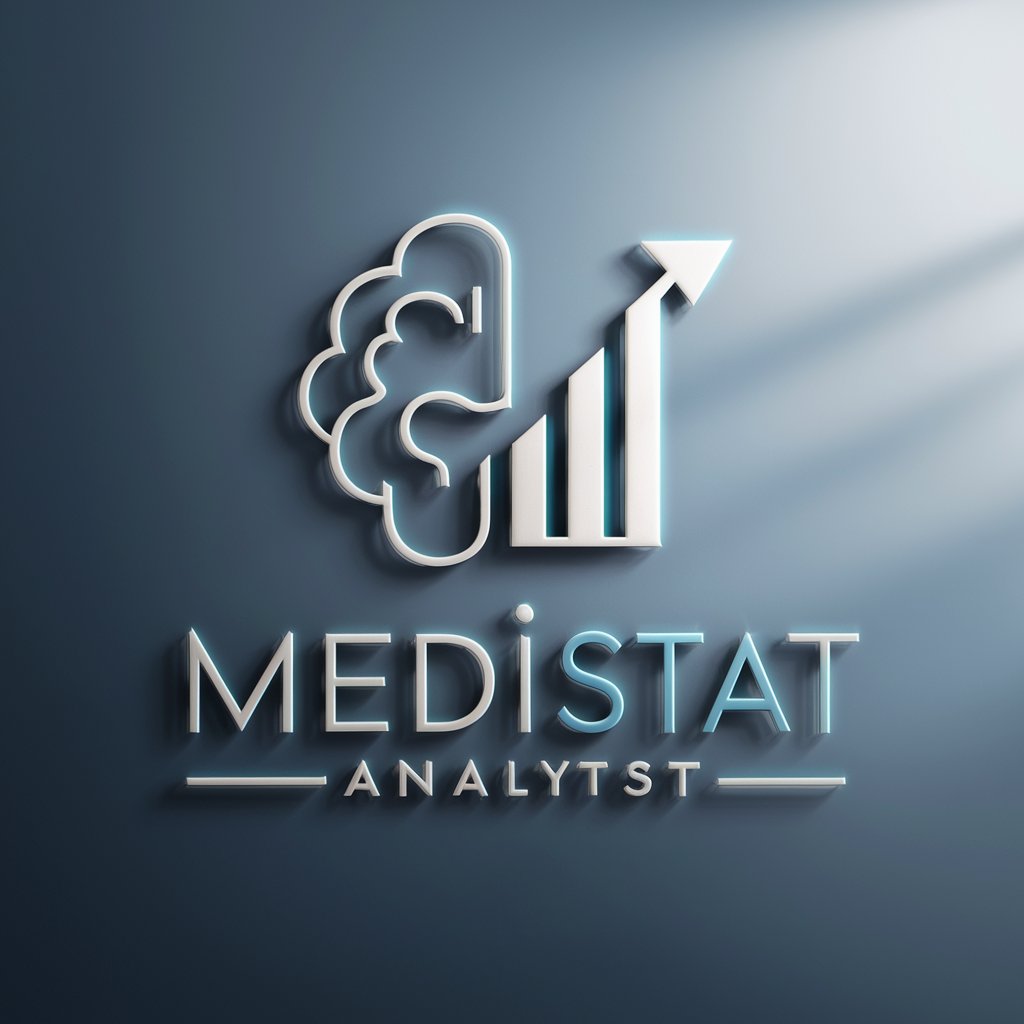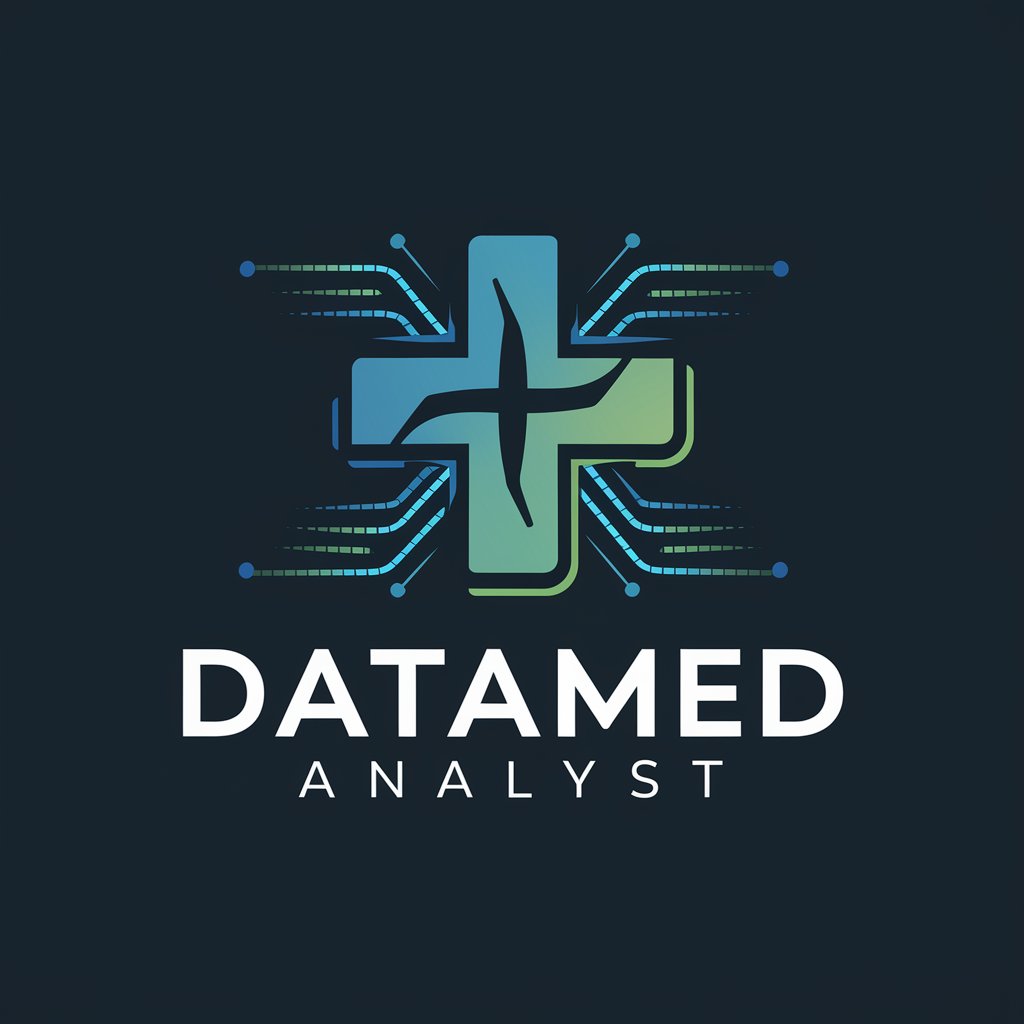
Medical Record Analyzer - Medical Record Analysis
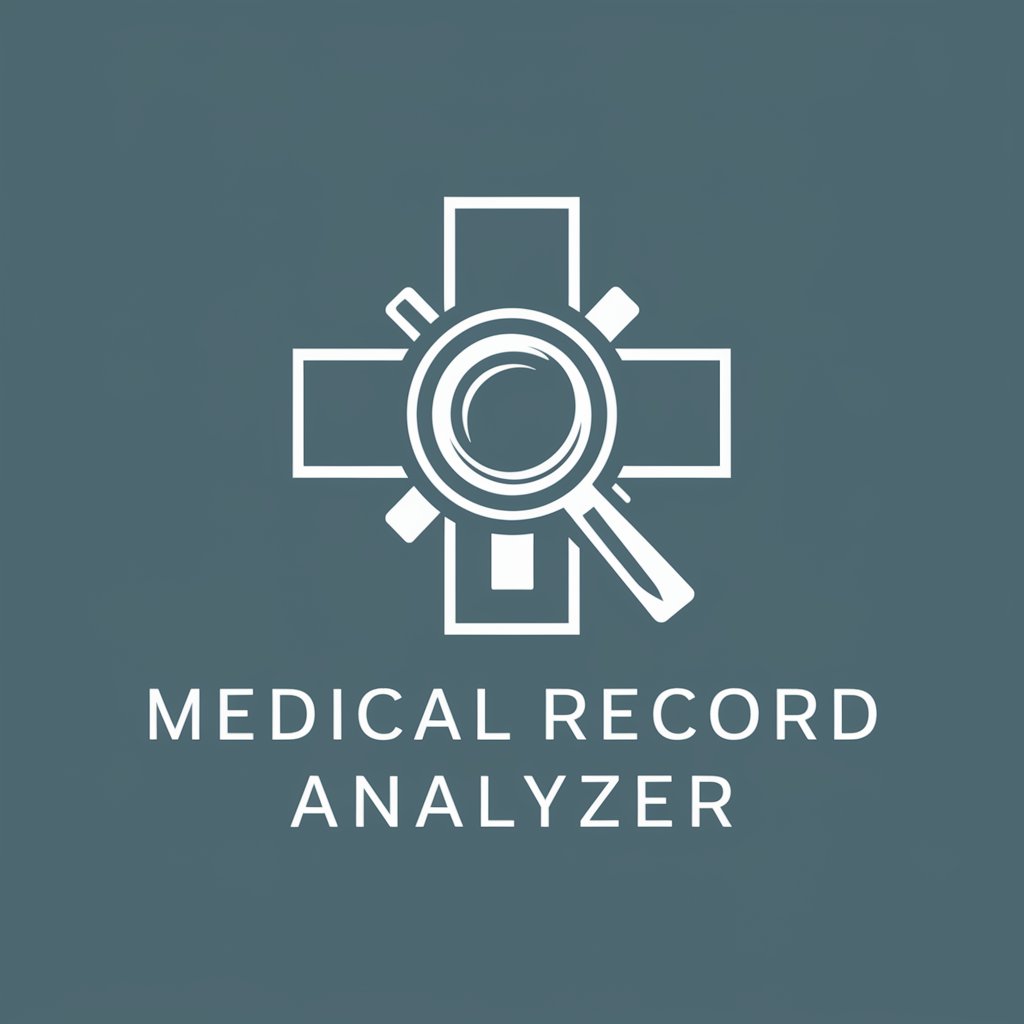
Hello! I'm here to help analyze medical records for disease classification.
Deciphering Medical Records with AI
Analyze the following medical record and extract disease names with their ICD-10 and ICD-11 codes.
Please identify and provide the ICD-10 and ICD-11 codes for the diseases mentioned in this medical document.
Extract the diseases and their corresponding ICD-10 and ICD-11 classification codes from the given medical text.
From this medical record, identify any mentioned diseases along with their ICD-10 and ICD-11 codes.
Get Embed Code
Overview of Medical Record Analyzer
Medical Record Analyzer is designed to automate the process of extracting and identifying disease names and their corresponding International Classification of Diseases (ICD) codes from text-based medical records. Its core functionality involves parsing through clinical documentation to pinpoint medical conditions, then mapping these conditions to their relevant ICD-10 and ICD-11 codes. This process enhances the accuracy and efficiency of medical record keeping and analysis, serving as a valuable tool for healthcare professionals and organizations. An example scenario might involve processing discharge summaries to extract diagnoses such as 'Type 2 Diabetes Mellitus' and providing the codes E11 (ICD-10) and 5A11 (ICD-11), facilitating clear communication, billing, and statistical reporting. Powered by ChatGPT-4o。

Core Functions of Medical Record Analyzer
Disease Identification and Coding
Example
Extracting 'Chronic Kidney Disease' from a patient's medical history and mapping it to ICD-10 code N18 and ICD-11 code BA40.
Scenario
In a clinical documentation review process, this function helps coders and medical billers accurately assign codes, streamlining billing and insurance claims.
Data Extraction for Research and Analysis
Example
Identifying all instances of 'Breast Cancer' within a dataset of oncology patients and correlating them with codes C50 (ICD-10) and 2C60 (ICD-11).
Scenario
Researchers can utilize this feature to quickly aggregate data on specific conditions, aiding in epidemiological studies and the development of treatment protocols.
Compliance and Reporting Support
Example
Verifying the correctness of ICD codes in patient records for conditions such as 'Asthma' to ensure compliance with healthcare reporting standards.
Scenario
Healthcare facilities can use this to prepare accurate reports for regulatory bodies, minimizing errors and avoiding penalties.
Target User Groups for Medical Record Analyzer
Healthcare Providers
Doctors, nurses, and clinical staff who require efficient tools for documenting and reviewing patient conditions. The analyzer simplifies the process of coding diseases, saving time and reducing errors.
Medical Coders and Billers
Professionals specialized in coding medical records for billing and insurance claims. They benefit from the analyzer by ensuring accuracy in code assignment, which is critical for reimbursement and financial operations within healthcare facilities.
Healthcare Researchers
Individuals conducting studies on disease prevalence, outcomes, and treatment effectiveness. The analyzer facilitates the extraction of specific disease data from large volumes of medical records, enhancing the quality and speed of research.
Healthcare Administrators
Administrators and management staff responsible for compliance, reporting, and operational efficiency in healthcare institutions. The analyzer aids in streamlining documentation, coding, and reporting processes, contributing to better management and oversight.

How to Use Medical Record Analyzer
1
Start by visiting YesChat.ai to access a free trial, no ChatGPT Plus or login required.
2
Prepare the medical record text you wish to analyze, ensuring it's de-identified to protect patient privacy.
3
Paste the medical record text into the Medical Record Analyzer interface.
4
Submit the text for analysis. The tool will process the information and identify diseases along with their ICD-10 and ICD-11 codes.
5
Review the results for disease names and codes, which can be used for academic research, coding, or medical recordkeeping.
Try other advanced and practical GPTs
Sprüche / Zitate Ersteller (250 Stück)
Empowering creativity with AI-powered quotes

Predict Futures
Envisioning the Future with AI

social Media Manager
Elevate Your Social Presence with AI

Classic Design
Empowering Timeless Design with AI

Fund Management
Empowering Investment Decisions with AI

Jordan
Empowering BtoC Companies with AI-Driven Strategies

Most Popular
Discover what's trending with AI

Dental Content Creator
Empower Your Dental Practice with AI

Infosec
Empowering security with AI-driven insights

Prop Gen
Elevate Your Freelance Proposals with AI

Dr. C. Rex
Empowering oncology insights with AI
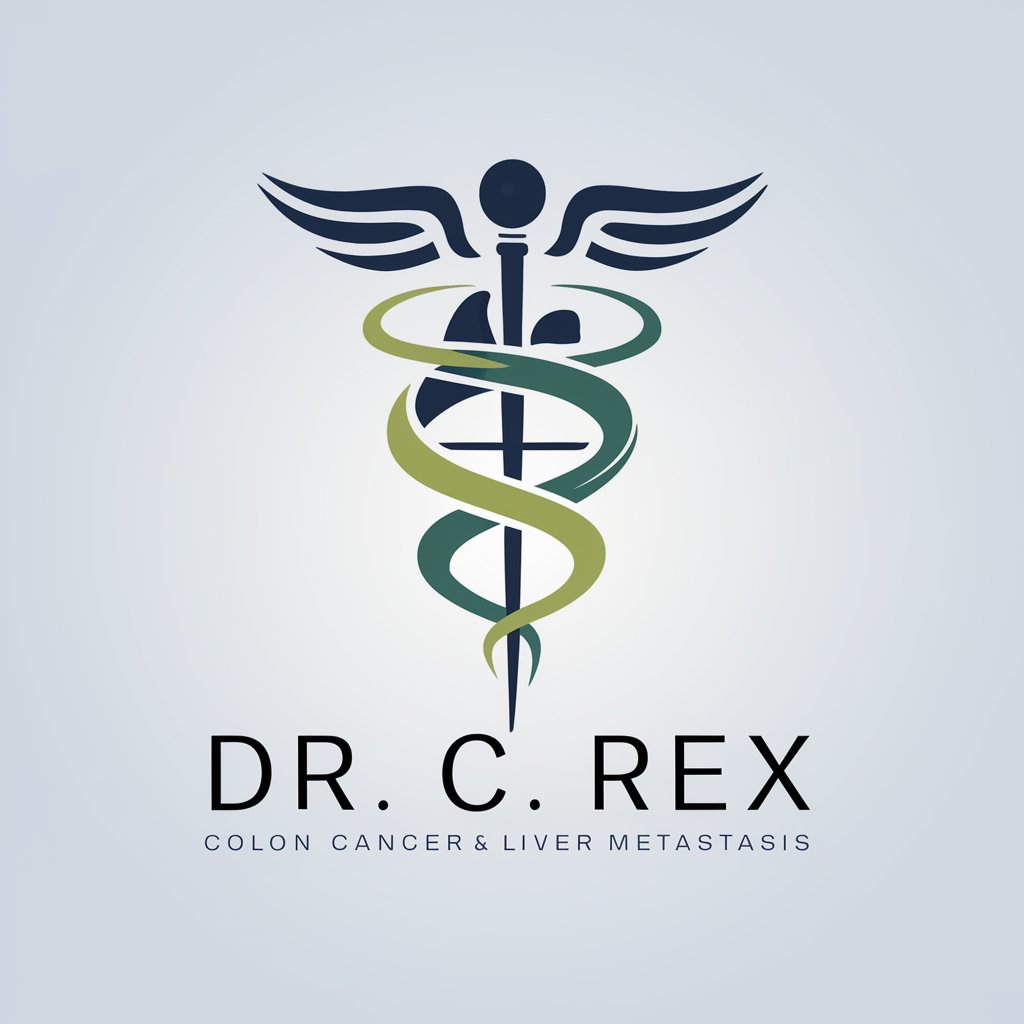
職務要約作成ツール-転職活動中にオススメ!
AI-powered Career Advancement

FAQs about Medical Record Analyzer
What is Medical Record Analyzer?
It's a specialized AI tool designed to analyze medical records, extracting disease names and their corresponding ICD-10 and ICD-11 classification codes without providing medical advice or diagnoses.
How does the tool ensure patient confidentiality?
By requiring users to de-identify any personal information before submission, ensuring that patient confidentiality and data privacy are maintained.
Can Medical Record Analyzer interpret handwritten notes or images?
No, it's designed to analyze text-based medical records only and cannot interpret images or handwritten notes.
What are common use cases for this tool?
Use cases include academic research, medical coding for billing, health information management, and enhancing the accuracy of electronic health record documentation.
What should I do if the information in a medical record is ambiguous?
If the record contains unclear or ambiguous information, it's recommended to seek clarification before submission as the tool does not make assumptions.
